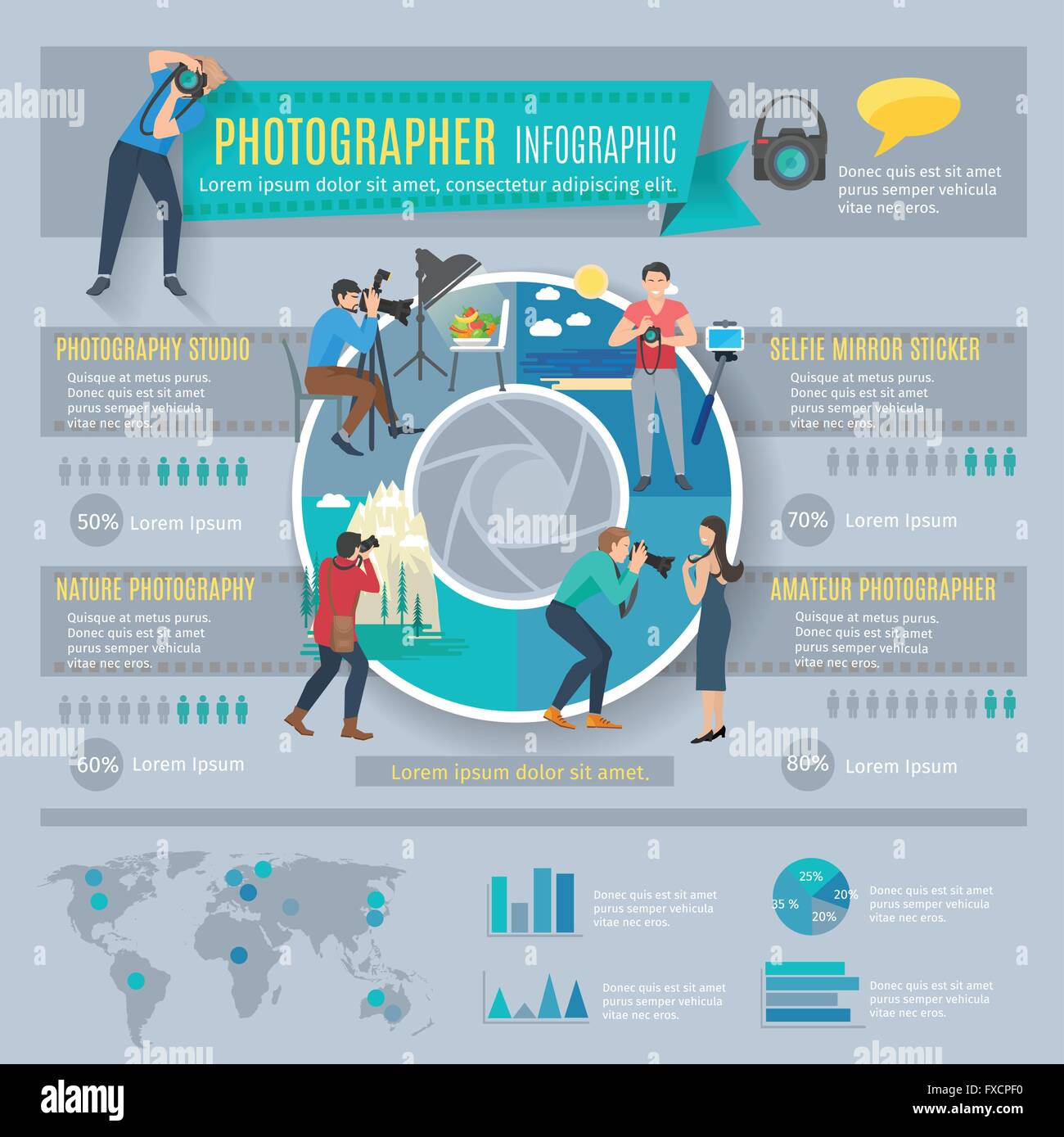Photography Tips For Beginners: Understanding Your Camera In A Snap
Photography Tips For Beginners: Understanding Your Camera In A Snap
Blog Article
Short Article Author-Christian Kaas
When you first pick up your camera, it can really feel overwhelming with all the setups and alternatives offered. You may find yourself asking yourself just how to navigate aperture, shutter rate, and ISO effectively. Mastering these basics is critical, however there's even more to digital photography than simply technical knowledge. Recognizing make-up methods and illumination problems can raise your photos drastically. So, what if you could find out easy methods to boost your skills and start catching remarkable images earlier than you think? Allow's explore exactly how to transform your digital photography trip.
Understanding Camera Settings
Understanding your video camera settings is important for capturing spectacular pictures. When you grab your video camera, familiarize on your own with the 3 main settings: aperture, shutter speed, and ISO. Each plays a crucial role in just how your photos turn out.
Start with aperture, which controls the quantity of light getting in the lens. A broader aperture (lower f-number) lets in much more light and develops an attractive background blur, ideal for portraits. Conversely, a narrower aperture (higher f-number) keeps even more of the scene in emphasis, suitable for landscapes.
Next, concentrate on shutter speed. This setting figures out how long your camera's sensor is exposed to light. A fast shutter rate ices up motion, which is fantastic for activity shots, while a sluggish shutter speed can develop spectacular results like smooth water in landscapes.
Finally, readjust your ISO. This setting influences your camera's sensitivity to light. A higher ISO works in low-light circumstances yet can present noise or grain. Go for the most affordable ISO feasible while still accomplishing appropriate exposure.
Structure Strategies
When you're out shooting, make-up can make all the difference in how your pictures reverberate with audiences. Start by using the rule of thirds; visualize your framework split into 9 equivalent sections with 2 horizontal and 2 vertical lines. Placement crucial elements along these lines or at their crossways to create balance and passion.
Next off, take into consideration leading lines. These all-natural lines in your scene, like roads or rivers, attract the audience's eye into the picture, guiding them through the story you're telling.
Do not ignore mounting; usage aspects within your scene, like trees or home windows, to create a framework around your topic, adding deepness and emphasis.
Additionally, watch on https://www.gazettenet.com/-They-are-the-stars--Photo-exhibit-highlights-those-with-developmental-disabilities-28387432 . A messy history can sidetrack from your major topic, while a straightforward one helps it stand apart.
Finally, trying out proportion and patterns; they can develop a striking photo that records attention.
Learning Lighting Issues
Understanding illumination conditions is essential for recording stunning photographs, as the best light can transform an average scene into something phenomenal.
Beginning by observing all-natural light at different times of the day. Early mornings and late afternoons provide the most effective light, called the gold hour. The soft, cozy tones throughout these times can improve your photos beautifully.
Do not shy away from cloudy days either; diffused light can decrease severe darkness and create a pleasing result, particularly for pictures.
Experiment with backlighting by placing your subject against the light. This method can produce a fanciful halo impact and add depth to your photos.
Take notice of your camera settings as well. Readjust the ISO, aperture, and shutter rate to suit the lighting conditions. A greater ISO can assist in low light, but beware of grain.
Utilize a tripod in darker environments to prevent blur.
Last but not least, do not forget synthetic illumination. Flash and constant lights can be great tools for managing light in difficult conditions.
Conclusion
In conclusion, grasping your camera does not have to be frustrating. By recognizing your setups, applying structure techniques, and using the power of all-natural light, you'll promptly elevate your digital photography abilities. Remember, Company headshots makes best, so venture out there and try out your newfound expertise. With time and devotion, you'll be catching magnificent photos that reflect your unique viewpoint. Enjoy the journey, and do not neglect to have a good time while you go to it!
